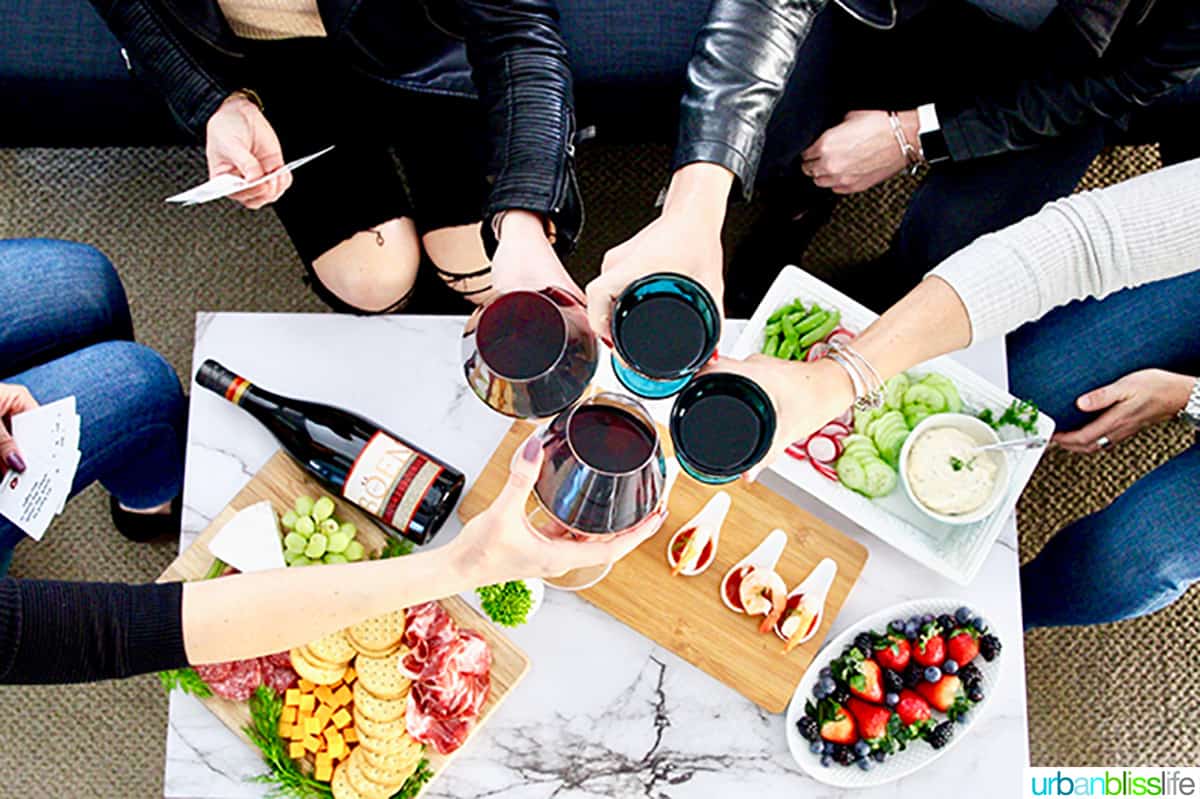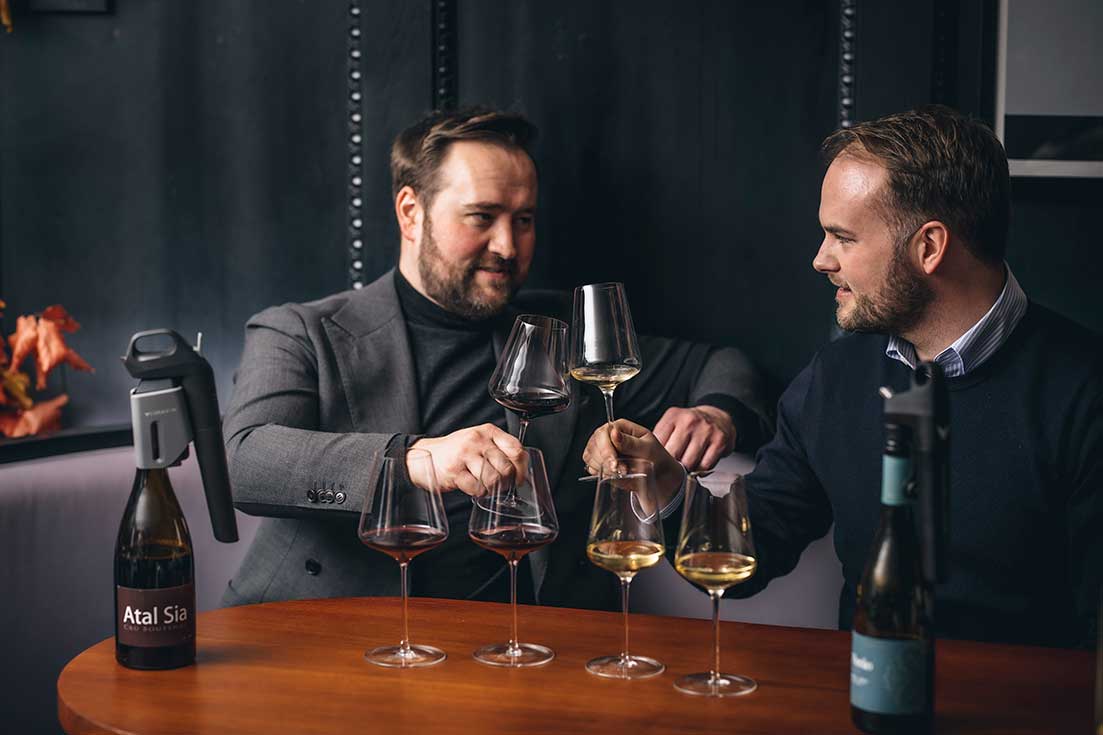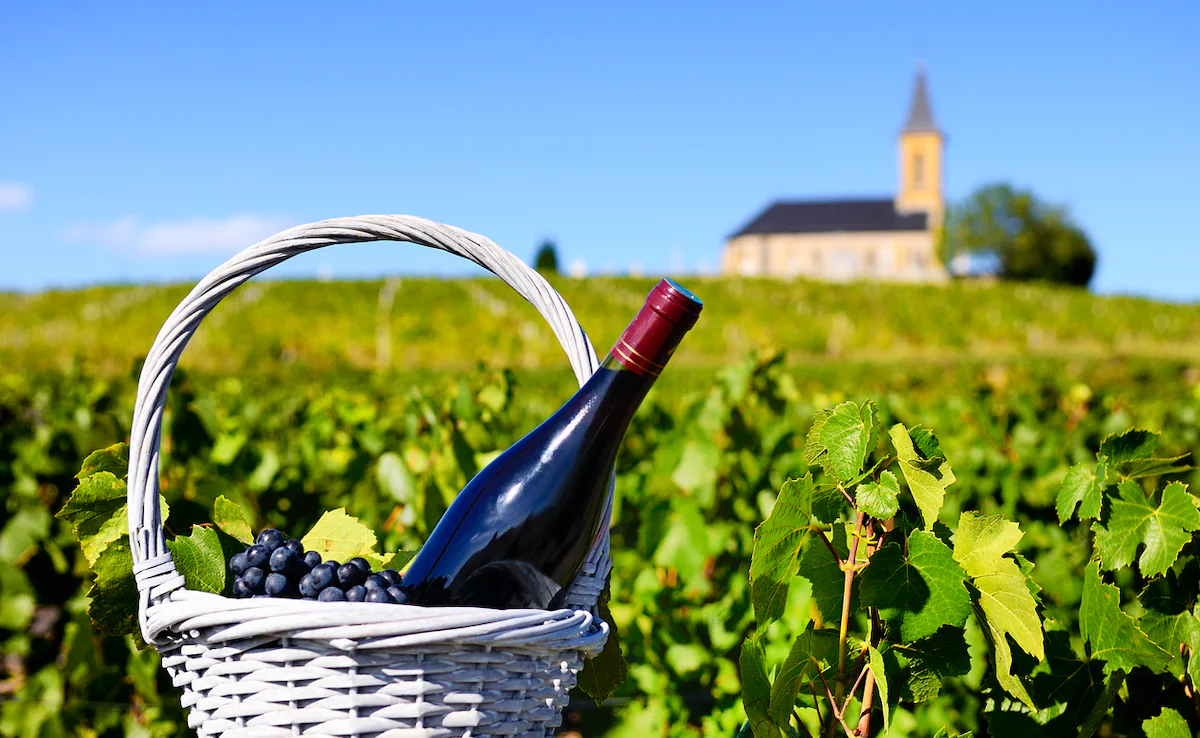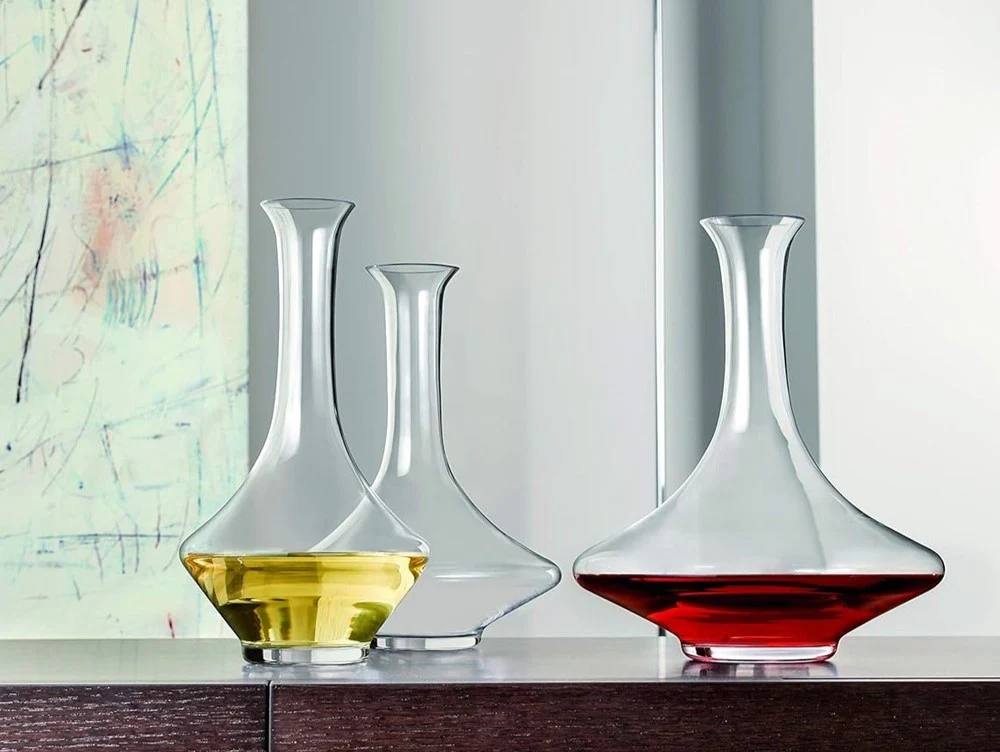Serving wine is more than just uncorking a bottle and pouring it into a glass. With a few thoughtful touches and practical skills, you can elevate the wine experience for yourself and your guests whether you’re hosting a dinner party, celebrating a special occasion, or simply enjoying a glass at home. From temperature to glassware and presentation, here are ten ways to up your wine-serving game and impress like a seasoned sommelier.
1. Serve Wine at the Right Temperature
Temperature can dramatically affect the aroma and flavor of wine. Serving it too warm or too cold can mask its complexity.
-
Sparkling wines: Best served chilled at 40–50°F (4–10°C).
-
White wines and rosé: Ideal at 45–55°F (7–13°C).
-
Light reds: Slightly cooler than room temperature, around 55–60°F (13–15°C).
-
Full-bodied reds: Room temperature, about 60–65°F (15–18°C).
Use a wine thermometer or chill your bottles ahead of time to hit the sweet spot for each style.
2. Invest in the Right Glassware
Wine glasses aren’t just aesthetic they’re functional. Different shapes enhance different characteristics of the wine.
-
Red wine glasses: Wider bowls to help aerate the wine and release aromas.
-
White wine glasses: Smaller bowls to preserve the floral notes and cooler temperature.
-
Sparkling wine flutes: Narrow shape to retain bubbles and concentrate aromas.
-
Universal glasses: A good-quality, tulip-shaped glass can work well for almost any wine if you’re keeping things simple.
Crystal glasses with thin rims are preferred for a more refined sipping experience.
3. Decant When Needed
Decanting isn’t just for expensive wines. It’s a great way to improve flavor by allowing wine to breathe and release trapped aromas.
-
Young red wines with high tannins benefit from aeration.
-
Older wines may need decanting to remove sediment.
-
Even some white wines can open up beautifully after a brief decant.
If you don’t have a decanter, pouring wine into a wide pitcher or swirling it in a large glass can work in a pinch.
4. Learn the Art of Pouring
A graceful pour enhances presentation and prevents spills.
-
Hold the bottle from the base or the lower half of the neck.
-
Aim to pour about 5 ounces (150ml) per glass enough to swirl without spilling.
-
For sparkling wines, tilt the glass slightly and pour slowly to maintain bubbles.
-
Avoid overfilling; this allows guests to appreciate the aromas.
Wipe the bottle lip between pours to avoid drips on your tablecloth.
5. Pair Wine Thoughtfully with Food
A well-paired wine can elevate both the food and the drink.
-
Match weight with weight: Full-bodied wines with rich dishes, light wines with delicate fare.
-
Try classic pairings: Sauvignon Blanc with goat cheese, Pinot Noir with duck, or Champagne with oysters.
-
Don’t be afraid to experiment with local food and regional wines.
Consider the balance of acidity, tannins, sweetness, and alcohol when planning your menu.
6. Use a Wine Preservation Tool
Sometimes you don’t want to finish the bottle in one sitting. Wine preservation systems like vacuum pumps or inert gas sprays can help maintain freshness for days or even weeks, depending on the system.
For more premium options, a Coravin lets you pour wine without removing the cork, preserving the rest for months. It’s a game-changer for collectors or casual drinkers who like variety.
7. Keep a Wine Journal or App
Enhance your tasting skills and wine memory by recording your impressions.
-
Note the varietal, vintage, winery, aromas, flavors, body, and finish.
-
Apps like Vivino or Delectable let you scan labels and share reviews.
-
Your notes will help you remember what you liked (or didn’t) and expand your wine vocabulary.
Over time, this builds a deeper understanding of your palate and preferences.
8. Serve Wine with Confidence
Part of the wine experience is the story and ritual behind it. Learn a few talking points:
-
Where the wine is from
-
The grape variety
-
Any unique production methods (e.g., aged in French oak, biodynamic, etc.)
It makes the wine feel more special and shows your guests you care about their experience—even if it’s a $10 bottle.
9. Store Wine Properly
Proper storage preserves wine quality until you’re ready to serve.
-
Keep bottles on their side if corked, to prevent drying out.
-
Store in a cool, dark place, ideally between 50–60°F (10–15°C).
-
Avoid temperature swings and direct sunlight.
-
If possible, invest in a wine fridge or storage unit if you’re building a collection.
Even short-term storage benefits from a bit of attention to these basics.
10. Elevate the Atmosphere
Wine is not just about taste it’s about the experience.
-
Use proper lighting to set the mood.
-
Play soft background music to create ambiance.
-
Offer light snacks like cheeses, olives, or charcuterie to enhance the tasting.
-
Use coasters or wine charms to keep glasses organized in a crowd.
A warm and welcoming setting turns an ordinary wine night into a memorable occasion.
Conclusion
Improving your wine-serving game isn’t about being a sommelier—it’s about paying attention to the details that enhance enjoyment. From the first chill to the final pour, each step is an opportunity to show care and elevate the moment. With these ten tips, you can bring more style, knowledge, and pleasure to every glass you serve. Cheers to sipping smarter!



